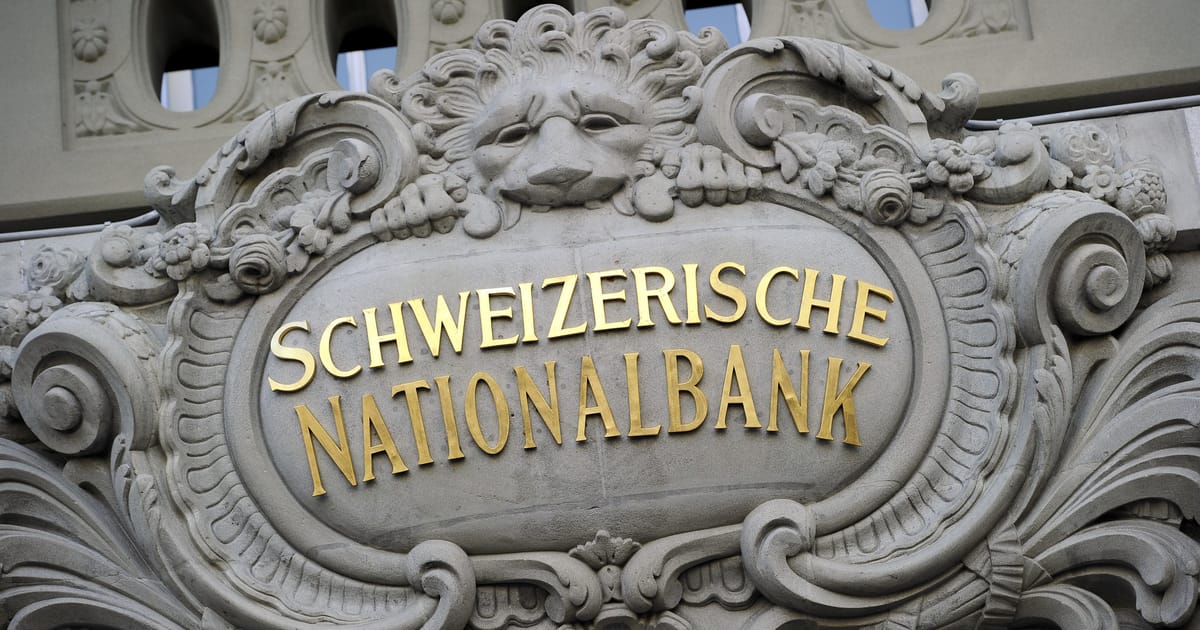That is “tantamount to success,” said Bartosz Sawicki, an analyst with Polish fintech Conotoxia.
Yet Jordan had spent the first half of his stewardship fending off a very different threat.
From 2011, a flood of “safe haven” flows out of euros threatened to drive the franc to a level that would have killed the country’s exporters and tourism business. Jordan was part of a team that introduced a “floor” for the euro, preventing the franc from appreciating too much.
But when the European Central Bank signalled in 2014 it would begin quantitative easing, Jordan, now governor, realized that the floor would have to go. On a dramatic January morning in 2015, the franc surged nearly 30 percent, briefly terrifying financial markets — and exporters. But the currency ultimately remained stable. “There were some negative impacts at the beginning,” said UBS Chief Economist Alessandro Bee,”but Switzerland didn’t plunge into recession.”
The upshot of that episode was Jordan’s pioneering policy to keep the franc from becoming too strong, a policy that influenced central banks globally for the next seven years. “The SNB was the first central bank willing to go deep into negative territory with interest rates,” said Bee. “It was uncharted territory.”
It has been Jordan’s strategy that has seen the SNB recycle an ever-growing stash of foreign reserves not just into risk-free assets, but also into equities, which now account for around 20 percent of its portfolio. That has created a huge capital cushion with which to absorb the losses that the SNB and other central banks are now making on their monetary policy operations.




